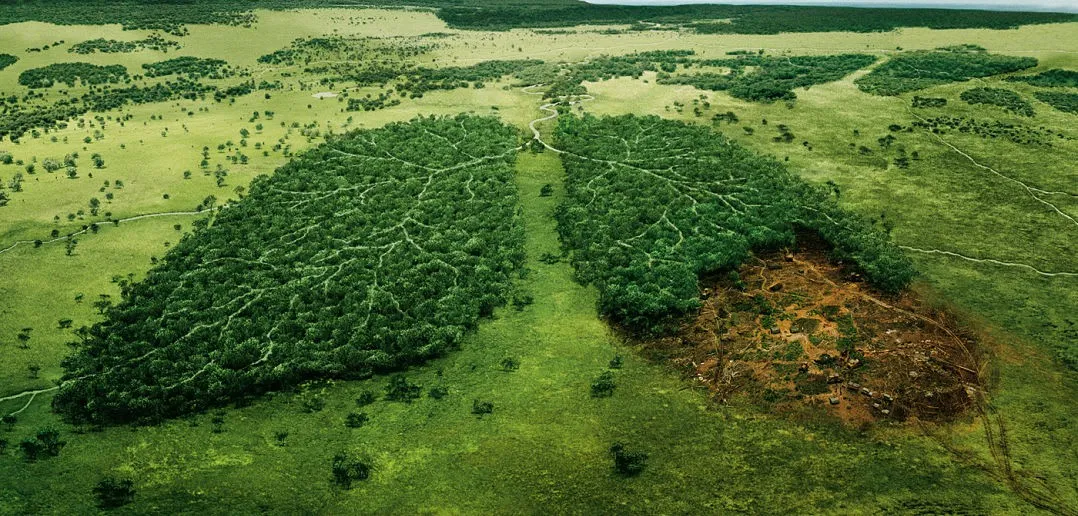Agriculture is a fundamental activity in our society, providing food for human and animal consumption. However, its practice has not always been sustainable, leading to landscape degradation and biodiversity loss. Landscape sustainability in agriculture refers to the ability to maintain the quality and integrity of agricultural ecosystems and landscapes in the long term while meeting human needs.

To evaluate landscape sustainability in agriculture, different standards and criteria have been established. Some of these criteria include the protection of native forests, verification of farmland, protection of wetlands, and protection of grasslands.
Agricultural production in deforested areas is one of the greatest challenges for landscape sustainability in agriculture. Producers can avoid this issue by ensuring that production does not take place in areas of tree cover loss.
The protection of native forests is also essential for landscape sustainability in agriculture. Agricultural production outside the influence of high conservation value native forests is a way to ensure the protection of these ecosystems.
Farmland verification is another important criterion for evaluating landscape sustainability in agriculture. Ensuring that the production area has not changed its use and respects areas important for soil carbon capture is fundamental for reducing environmental impact.
Wetland protection is another important criterion in the evaluation of landscape sustainability in agriculture. Wetlands are important for climate regulation and biodiversity conservation. Therefore, agricultural production should be conducted outside conservation areas and with the rational use of wetland resources.
Finally, the protection of grasslands is crucial for soil carbon capture and biodiversity conservation. High-value grasslands must be preserved to maintain landscape integrity and minimize the environmental impact of agricultural production.
Increasingly, stakeholders in the production chain, from banks to buyers, are paying more attention to the conditions under which food is produced, and in many cases, they evaluate production to ensure it meets international standards such as 2BS, EPA, and others.
At ucrop.it, we develop algorithms that automatically verify each plot of your field against the previously mentioned criteria so that, for the first time, producers can know exactly how they stand in terms of landscape verification.
You can generate your sustainability report for free by uploading KMZ files or drawing your field on the map within our platform.


